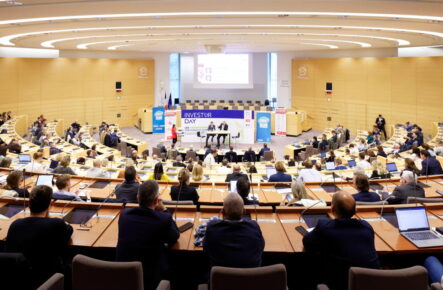A hit with the public…
In its very first year, Louvre-Lens had 900,000 visitors—200,000 more than anticipated. And with attendance averaging around 450,000 a year since, its five-year total is set to reach 2.8 million. Digging deeper, 57.9% are first-time visitors compared with 42-58% for museums nationwide, confirming the museum’s success in bringing art lovers back for more. In fact, statistics show a faithful following that returned an average 6.3 times in less than five years, drawn in part by temporary exhibitions.
…locally
Well over half of all visitors—64.8%—live in Hauts-de-France, and in 2016 around 60,000 were from the nearby Nord-Pas de Calais Mining Basin. At 20%, this is the highest percentage of regional visitors anywhere in France, and confirms Louvre-Lens’ vision of serving as a local center for culture, building strong ties rather than focusing exclusively on attendance figures.
… and internationally
While only 9.3% of visitors came from Greater Paris in 2017, the museum enjoys a global reputation. This year 17% of visitors hailed from abroad, representing five continents and 86 nationalities, with a majority from neighboring countries —Belgium, the Netherlands and Britain. Even far-away Japan averaged two visitors a day.
Breaking new ground
Louvre-Lens does more than simply display works of art: it is dedicated to making culture accessible for one and all—a mission that has set an example around the world. “Outside France, this is precisely what people mention when they talk about Louvre-Lens,” says director Marie Lavandier.
More innovation in the pipeline
To celebrate its fifth anniversary, the museum has updated its core collection, now on display at no charge in its 3,000-sq m Galerie du Temps. Starting December 2, visitors can view a total of 43 works, including a selection of prestigious national treasures that can only be seen in France. But Louvre-Lens has more projects in store. Plans include displaying more works with direct links to the region, and taking a fresh approach to art history through thematic exhibitions such as “love”, highlighting subjects that speak to visitors’ everyday concerns.





